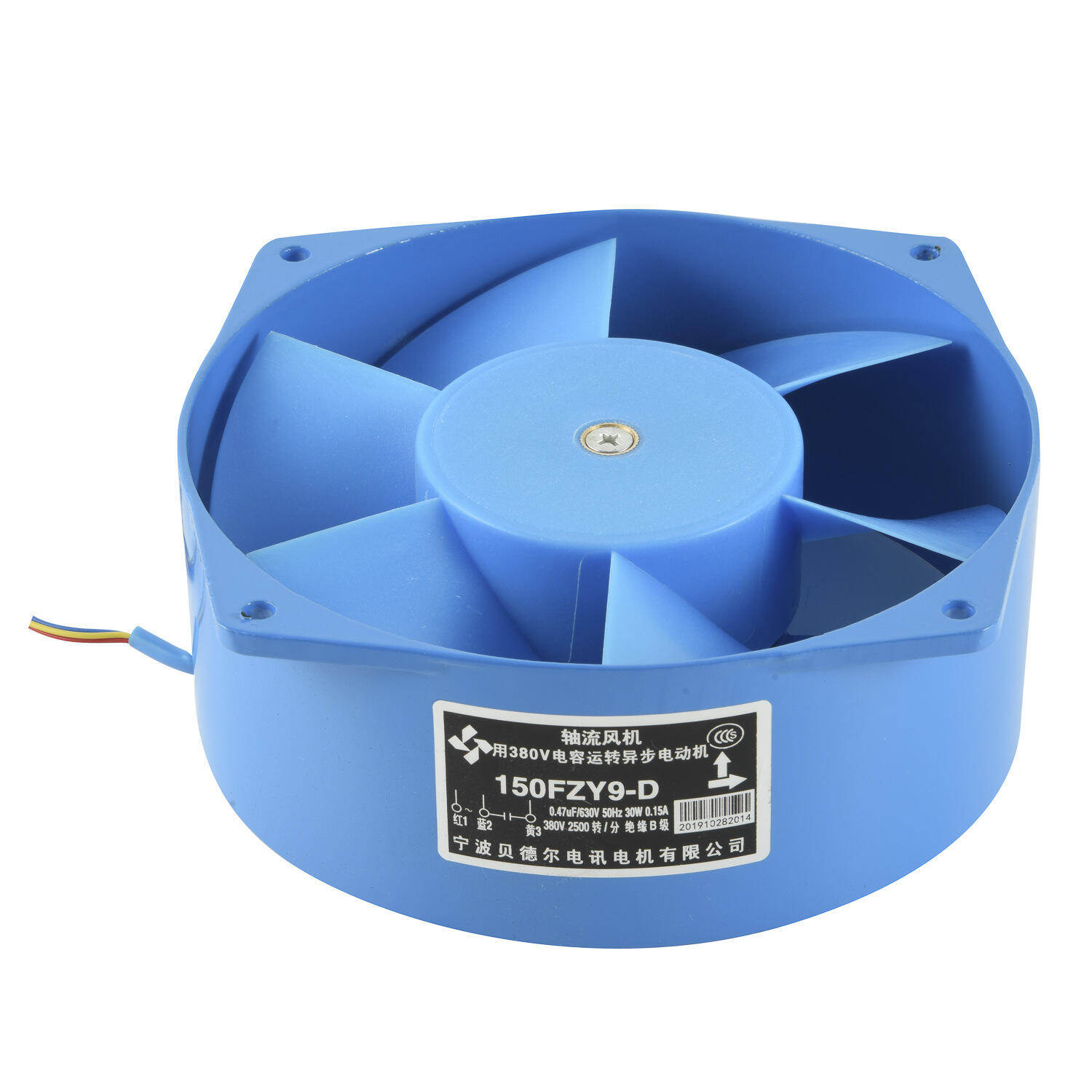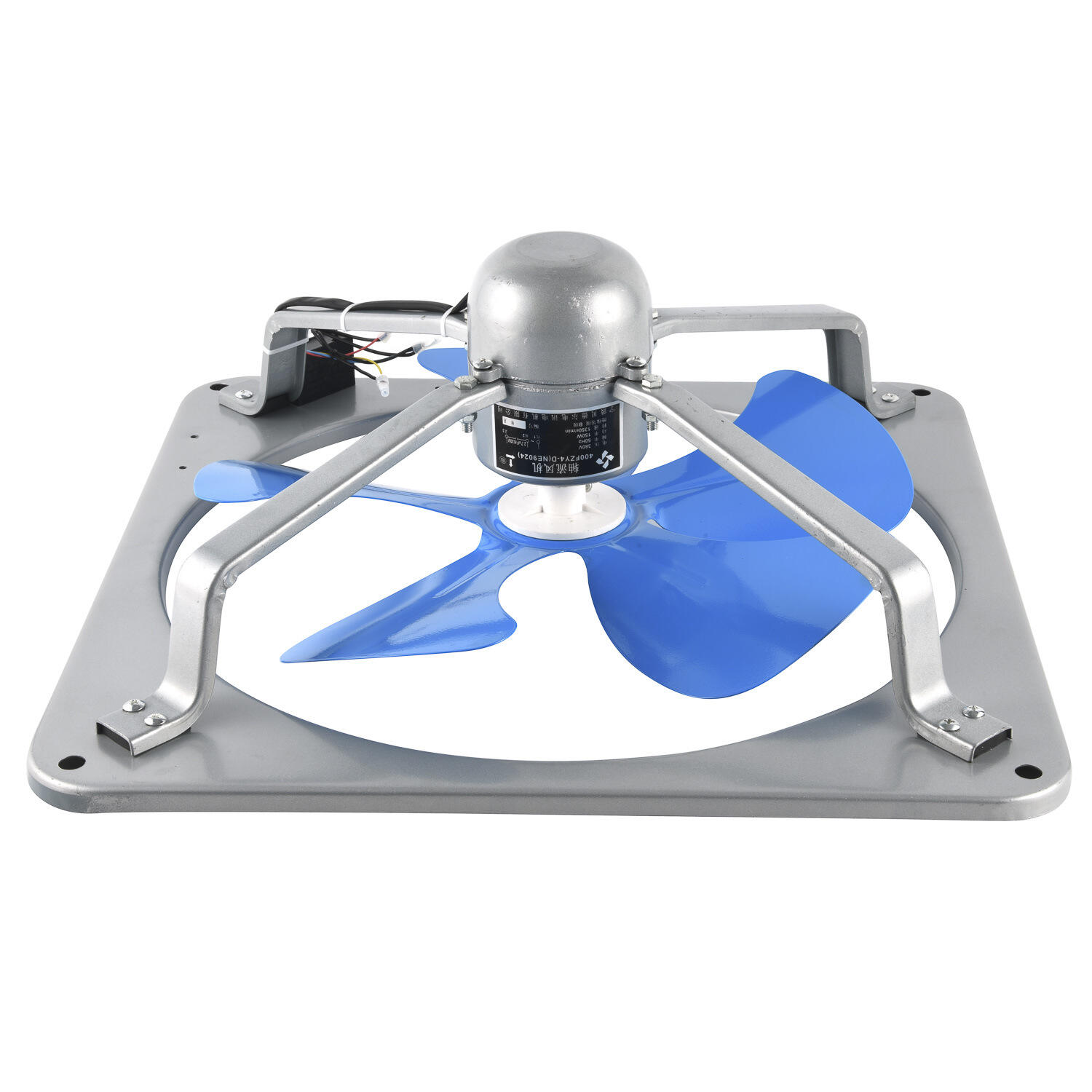duct axial fan
A duct axial fan represents a sophisticated piece of industrial ventilation equipment designed to move air or gases through a confined ductwork system. This versatile fan features a cylindrical housing that contains carefully engineered blades mounted on a central hub, rotating to create efficient airflow in a direction parallel to the shaft. The design incorporates aerodynamic principles to maximize air movement while minimizing energy consumption. These fans are characterized by their straight-through airflow pattern, which allows for high-volume air movement with relatively compact installation requirements. The construction typically includes robust materials such as steel or aluminum, ensuring durability in demanding industrial environments. Modern duct axial fans often incorporate advanced features such as variable speed controls, specialized blade designs for different applications, and noise reduction technologies. They are particularly valued in applications requiring high flow rates with moderate pressure capabilities, making them ideal for ventilation systems in large buildings, industrial processes, and tunnel ventilation. The fans can be configured for either supply or exhaust applications, offering flexibility in installation and operation. Their effectiveness in handling both clean and particle-laden air streams has made them a cornerstone of industrial ventilation solutions.


